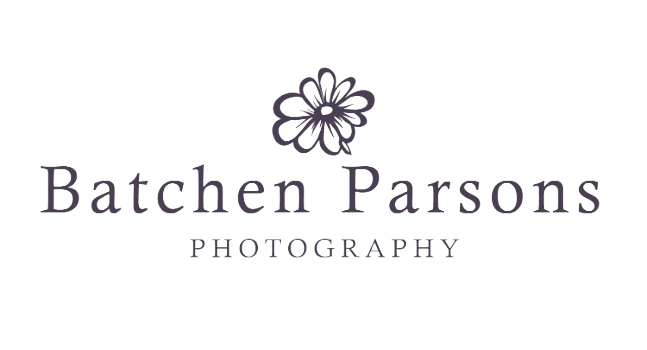The Evolution of Headshot Photography: Trends to Watch
Monday, January 20, 2025 | By: Precious Steps Photography
In the world of professional photography, headshots have long been a cornerstone for individuals looking to make a strong first impression. From corporate professionals to actors and entrepreneurs, a compelling headshot can open doors and set the tone for one's personal brand. Over the years, headshot photography has undergone significant transformations, influenced by cultural shifts, technological advancements, and changing aesthetic preferences. Here, we explore the evolution of headshot photography and highlight key trends to watch in the coming years.
The Classic Portrait: A Timeless Foundation
In the early days of headshot photography, the focus was on simplicity and formality. The classic portrait style, often captured in a studio setting with controlled lighting, emphasized clear, straightforward representations. These headshots were typically shot against neutral backdrops, with subjects dressed in formal attire, projecting professionalism and reliability.
While this traditional approach remains relevant, especially in conservative industries, there has been a growing demand for more personalized and dynamic headshots that reflect individual personalities and industry-specific branding.
The Rise of Lifestyle Headshots
One of the most notable shifts in headshot photography is the move towards lifestyle headshots. Unlike the static, posed images of the past, lifestyle headshots are designed to be more relaxed and natural. These photos often feature the subject in a real-world environment, engaging in an activity that reflects their profession or interests.
This trend is particularly popular among creatives, entrepreneurs, and social media influencers who want to convey authenticity and approachability. The use of natural light and candid poses helps to create a sense of connection and relatability, making these headshots feel more genuine and engaging.
Incorporating Personal Branding
As the concept of personal branding gains traction, headshots are evolving to become a crucial component of an individual's brand identity. Photographers are now working closely with clients to ensure that their headshots align with their brand messaging, values, and target audience.
This trend has led to a more customized approach, where every element of the headshot—from the wardrobe and setting to the expression and color scheme—is carefully curated to reflect the client's unique brand. This personalized touch helps individuals stand out in a crowded market and make a lasting impression.
The Influence of Technology
Advancements in technology have also played a significant role in the evolution of headshot photography. High-resolution cameras, sophisticated editing software, and innovative lighting techniques have elevated the quality and creativity of headshots.
Moreover, the rise of social media and online platforms has increased the demand for visually striking headshots. With platforms like LinkedIn, Instagram, and personal websites serving as digital resumes, having a high-quality headshot has become more important than ever. This has spurred the development of new styles and techniques, such as the use of bold colors, creative compositions, and interactive elements.
Diversity and Inclusivity in Headshots
Another emerging trend is the emphasis on diversity and inclusivity in headshot photography. As society becomes more aware of the importance of representation, there is a growing demand for headshots that reflect a wide range of identities, backgrounds, and experiences.
Photographers are now prioritizing inclusivity by creating a welcoming and comfortable environment for all clients. This includes being mindful of cultural sensitivities, accommodating different body types and abilities, and capturing the unique essence of each individual. This trend not only fosters a sense of belonging but also helps businesses and individuals connect with a broader audience.
The Future of Headshot Photography
Looking ahead, the future of headshot photography will likely continue to be shaped by innovation and cultural shifts. As remote work and virtual interactions become more prevalent, we can expect to see an increase in virtual headshot sessions, where photographers guide clients through the process remotely.
Additionally, as augmented reality (AR) and virtual reality (VR) technologies advance, we may see headshots that incorporate interactive elements, allowing viewers to engage with the image in new and exciting ways.
In conclusion, headshot photography is a dynamic and ever-evolving field. By staying attuned to the latest trends and embracing new techniques, photographers can continue to create impactful and memorable headshots that resonate with clients and audiences alike.

0 Comments